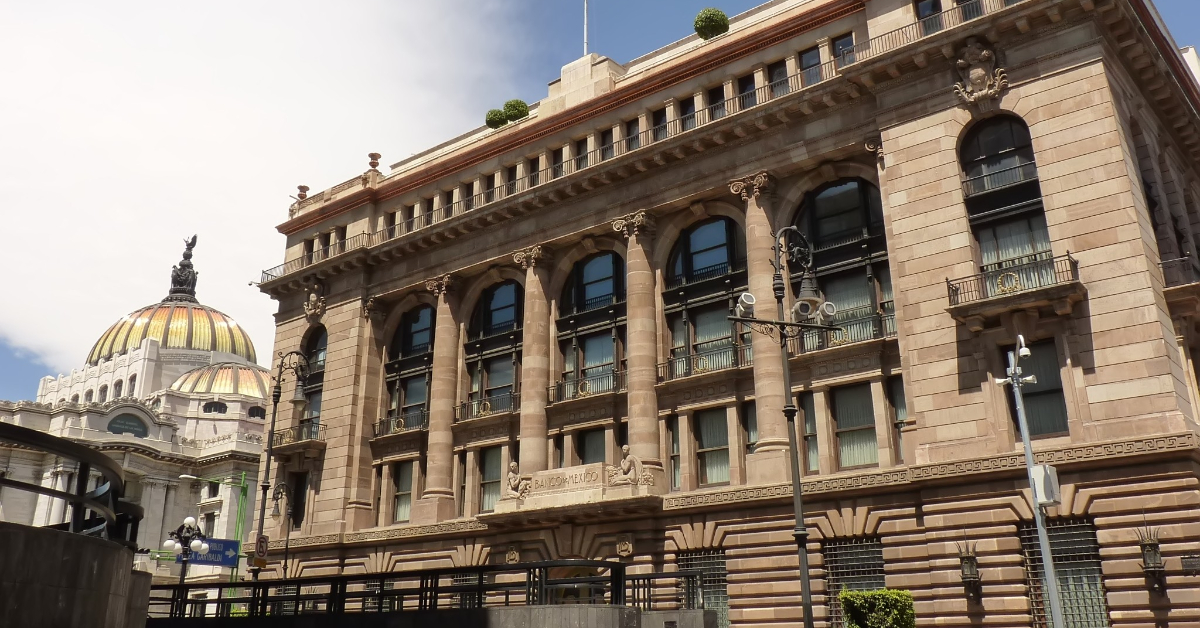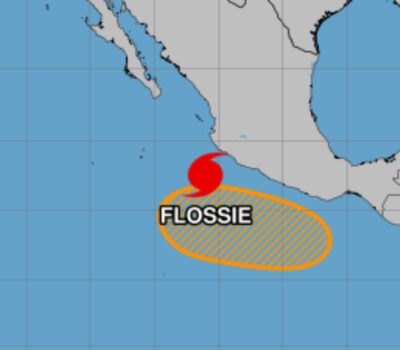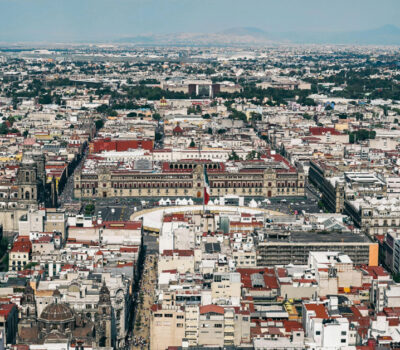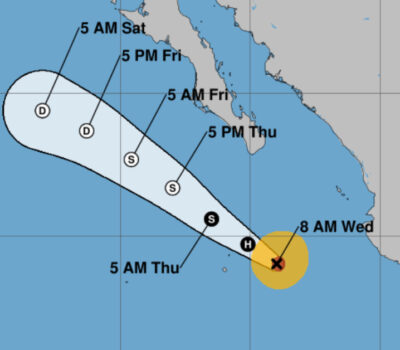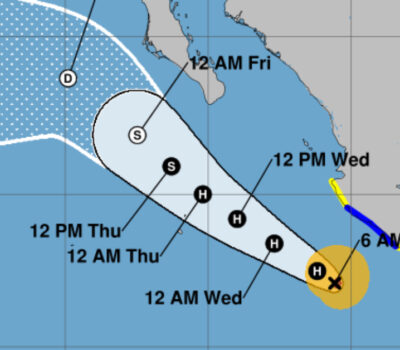The Bank of Mexico (Banxico) raised the reference interest rate by 75 basis points to a historical maximum level of 10.0 percent, in accordance with market expectations, and foresees more increases, but analysts anticipate that they would be of lesser magnitude, given the less restrictive tone of the institution’s statement.
The majority of the members of the Governing Board voted for an adjustment of 75 points, with the exception of Deputy Governor Gerardo Esquivel, who voted in favor of an adjustment of 50 base points.
The monetary authority also adjusted its short-term inflation forecasts but maintains the expectation that levels of 3.0 percent will be reached until the third quarter of 2024.
Thus, it forecasts that the increase in consumer prices will average 8.3 percent in the fourth quarter of this year, less than the 8.6 percent of the previous estimate. For the fourth quarter of 2023, it adjusted its forecast upwards, to 4.1 percent from 4.0 percent previously.
In its statement, the central bank’s Governing Board indicated that it will assess the magnitude of the upward adjustments in the reference interest rate at its next meetings in accordance with the prevailing circumstances.
Economists described the tone of Banxico’s statement as less restrictive, so they estimate that the tightening will continue, although at a slower pace, to stop its rise at a level between 10.75 and 11.0 percent in the first quarter of 2023.
Jason Tuvey, an emerging markets economist at Capital Economics, said the end of the bull cycle is near.
He added that in addition to the decision not being unanimous, there were other signs that the Board may be becoming a little less aggressive. “Risks to the inflation outlook are now viewed as biased to the upside rather than biased significantly to the upside,” he said.
Gabriela Siller, director of economic analysis at Banco Base, indicated that Banco de México’s statement felt less restrictive and said that although short-term inflation forecasts have been revised downwards, upward risks are still present.
Javier Amador and Carlos Serrano, BBVA economists, considered the mention of the central bank, that the monetary stance that has already been reached in this upward cycle was considered, the expectation that inflation will soften in the future, and that the monetary stance will become more restrictive at the first meeting of next year, opening the door for a decoupling of the Fed in February.
Ricardo Aguilar, chief economist at Invex, stated in an interview that “the effect of the monetary restriction, which takes about six quarters, will begin to be seen in Mexico in the following months. And one of its impacts will be seen in consumption, which is expected to slow next year to 1.5 percent, from 3.5 percent this year.
Alexis Milo, an independent economist, also indicated that Banxico’s monetary policy has little impact on credit in Mexico, since financial penetration in the country is limited, being below 30 percent of GDP.
Janneth Quiroz, deputy director of economic analysis at Grupo Financiero Monex, estimated that “it may be in the second half of next year when we begin to see an impact on aggregate demand, due to rate increases, due to the implementation of this monetary policy restrictive”.
James Salazar, deputy director of analysis at CI Banco, warned that the rise in interest rates not only by Banxico, but globally, has a negative impact on the financial cost of the country’s debt, but on the opposite side, the appreciation of the peso benefits Mexico.
The Bank of Mexico (Banxico) raised the reference interest rate by 75 basis points to a historical maximum level of 10.0 percent, in . . .

